-11 F. morning low Thursday.
9 F. high yesterday in the Twin Cities.
30 F. average high on February 19.
40 F. high on February 19, 2014.
1″ snow on the ground at KMSP.
February 19, 1981: Due to the long spell of warm weather in the 60’s, a farmer near Le Center is plowing some alfalfa ground.
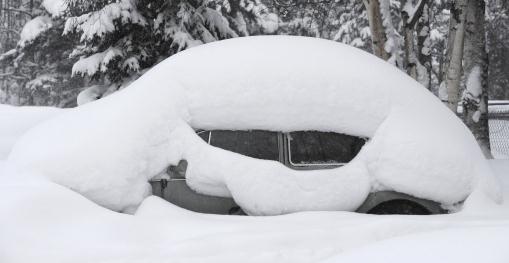
The End Is Near
“Too cold to snow?” Although it can snow at any temperature below freezing there’s some truth to this old husband’s tale. Heaviest snows fall with an air temperature between 28-32F; when steering winds aloft are howling from Albuquerque, allowing Gulf moisture to bubble northward into Minnesota.
When it’s this cold the storm track is depressed too far south for heavy snow close to home. Yes, Nashville and Louisville have seen far more snow this month than the Twin Cities.
February is running about 6F colder than average, to date. That compares with 12.3F colder in February, 2014, which was a 3-way tie for the 7th coldest February on record. Got that?
The sun is as high in the sky as it was on October 20. It’s much harder to stay below zero or set record lows as we sail into March, and I still see a welcome thaw within 2 weeks as Pacific air pushes inland. In the meantime the mercury dips below zero 3-4 mornings next week, before a slow recovery in early March. Moderate cold, but nothing too outrageous for late February.
Today’s clipper may drop a quick coating to an inch of fluff; just enough to trigger a messy, white-knuckle commute early. But I now see a light at the end of the tunnel.
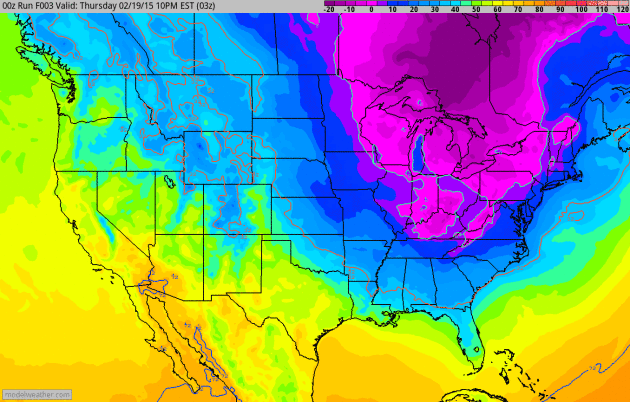
Purple Invasion. When I think purple Prince comes to mind – along with squeaky snow and ice crystals up my nose. Purple (on this animation) signifies subzero air – another pulse of purple pain arrives by Sunday and Monday, a quick thaw next Tuesday gives way to another shot of numb the middle of next week. 2-meter temperature animation: NOAA and Ham Weather.

A Respectably Cold February. We’ll probably wind up 7-8F colder than average for February, compared to 12.3F colder than average during February of 2014. Plenty cold, but not polar-vortex-cold. The best chance of subzero mornings: Sunday, Monday and next Friday mornings. You’ll be shocked to hear that it won’t snow (much) looking out 7-10 days. Graphic: Weatherspark.

Reason To Keep On Going. GFS guidance shows consistent 30s by March 3-4 as the pattern finally shifts and becomes more zonal. March tournament snowstorms? I don’t see anything dramatic into at least the first week of March.

Pattern Shift. GFS model guidance from NOAA shows 500 mb winds blowing from the Bay Area and Seattle by March 5, pumping Pacific air across the Rockies and Plains into Minnesota as the core of coldest air finally lifts north. At some point the shift to a milder pattern may increase the chance of Gulf moisture reaching Minnesota – the question is: will it be too warm for all snow by then? Map: GrADS:COLA/IGES.
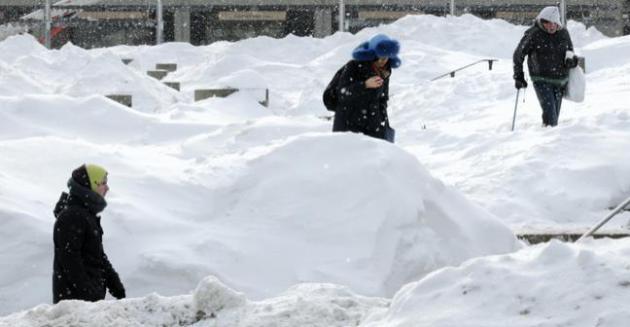
Boston’s Billion Dollar Blizzard. Wait, people don’t like to shop when there’s 7-9 feet of snow on the ground? I had no idea. The impact on America’s economy probably won’t be as severe as last winter. Here’s an excerpt of a post at PYMNTS.com: “…As further evidence to those who want to make the case of how bad this winter is, economic data suggest that this winter could cost the economy nearly $2 billion in lost GDP, according to research firm Planalytics — and winter has about a month more to go officially. This would be largely caused by retail losses from having to close because of weather conditions, re-routed travel patterns, public transportation that might not be running at full capacity until Easter, as well as other business headaches...”
Photo credit above: “As snow flurries begin to fall again, pedestrians walk through Boston City Hall Plaza in Boston, Tuesday, Feb. 17, 2015. Nearly 8 feet of snowfall this winter has paralyzed greater Boston’s transit system, infuriating commuters on and off the rails who may not see a return to normal for at least a month.” (AP Photo/Charles Krupa)
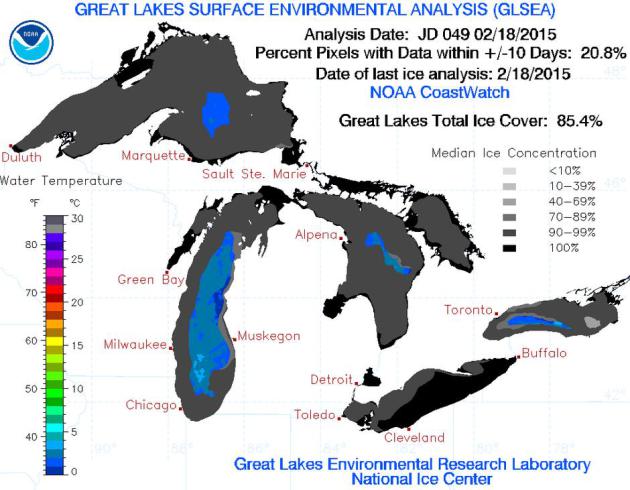
Second Greatest Great Lakes Ice Cover Since 1996. Number one was last year, with 92.5% coverage on March 6, 2014. According to NOAA’s Great Lakes Environmental Research Laboratory the current number stands at 85.4% ice covered, and with cold weather lingering into the end of next week I expect it to rise into the upper 80s, but probably not break the all-time record set in 1979.
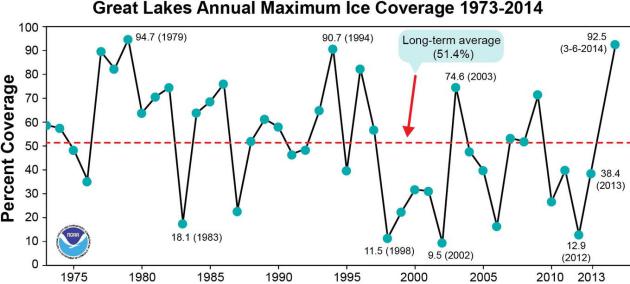
Icy Perspective. Great Lakes ice is a good proxy for the overall severity of a winter, since it factors duration of bitter cold necessary to form thick lake ice. Other cold years include 1979, 1994 and 2014. Source: NOAA.
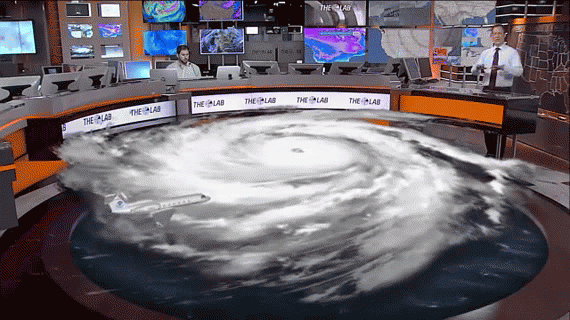
Why Can You Fly Into A Hurricane, But Not A Thunderstorm? Hurricane winds gradually build over time, but violent updrafts and downdrafts, along with severe icing and hail over a short distance can increase the stress – and risk – to aircraft. Here’s an excerpt of a good explanation at Huffington Post: “…In short, it all boils down to the type of wind pilots face in either scenario. In the case of a hurricane, a pilot navigates through a “stratified area of horizontal winds,” which allows for a relatively smooth ride. Pilots flying in a thunderstorm, on the other hand, are faced with “strong vertical winds,” going upward and downward, which can cause turbulence and other issues. Just check out a new video (above) from The Weather Channel, which explains the difference between flying in the two weather conditions….”
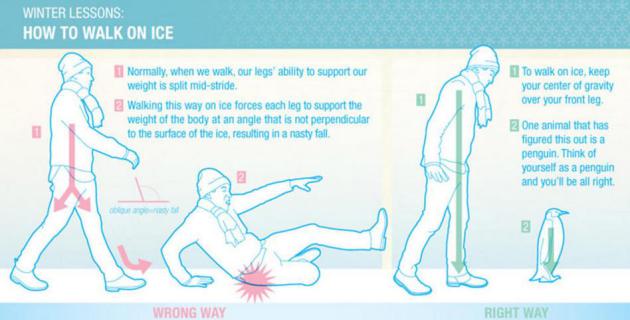

Why Tesla’s Battery For Your Home Should Terrify Utilities. Free power from the sun, powering your home? The concept may not be as outrageous as it sounds, according to a story at The Verge; here’s a snippet: “…The prospect of cheap solar panels combined with powerful batteries has been a source of significant anxiety in the utility sector. In 2013, the Edison Electric Institute, the trade group for investor-owned electric companies, issued a report warning that disruption was coming. “One can imagine a day when battery storage technology or micro turbines could allow customers to be electric grid independent,” the report said, likening the speed of the coming transition to the one from landlines to cellphones 10 years ago. Suddenly regulated monopolies are finding themselves in competition with their own customers...”
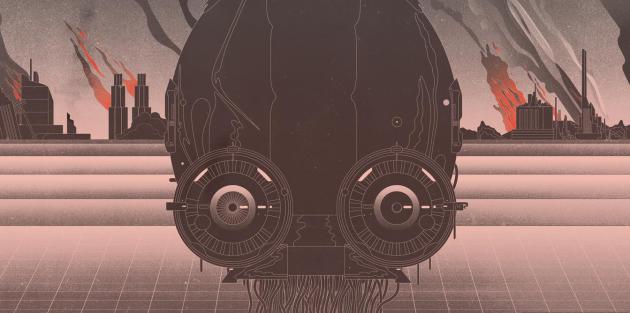
Our Fear of Artificial Intelligence. Are our fears overblown? Here’s an excerpt from a long but excellent read at MIT Technology Review: “…No one is suggesting that anything like superintelligence exists now. In fact, we still have nothing approaching a general-purpose artificial intelligence or even a clear path to how it could be achieved. Recent advances in AI, from automated assistants such as Apple’s Siri to Google’s driverless cars, also reveal the technology’s severe limitations; both can be thrown off by situations that they haven’t encountered before. Artificial neural networks can learn for themselves to recognize cats in photos. But they must be shown hundreds of thousands of examples and still end up much less accurate at spotting cats than a child…”

What Are The Happiest, Healthiest States in the USA? USA TODAY has a recap of a recent study from Gallup; here’s an excerpt: “When it comes to well-being, Alaskans nabbed the top spot in the United States, according to an annual ranking. West Virginia, however, came in dead last for the sixth time in six years, according to the Gallup-Healthways Well-Being Index. Hawaii and South Dakota followed Alaska in spots two and three. And Kentucky stayed in the 49th spot, where it’s been for a number of years…”

10 Fabulously Quirky Restaurants. My goal is to try a few of these (unique) restaurants featured at Trip Advisor. Wow.
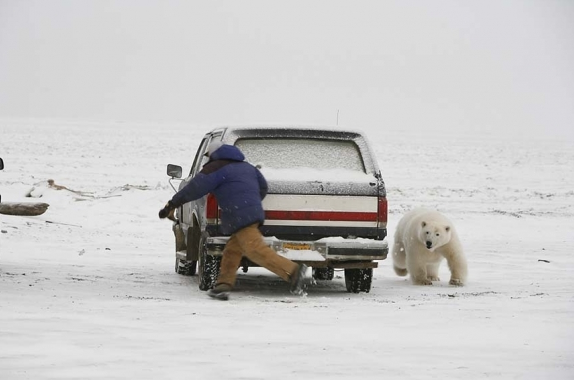
TODAY: Light snow and flurries. Coating to half an inch of accumulation. Slick early. Winds: S 15. High: 28
FRIDAY NIGHT: Flurries taper. Low: 18
SATURDAY: More clouds than sun, turning colder. High: 21
SUNDAY: Fresh air! Sunny and cold. Feels like -20F. Wake-up: -7. High: 4
MONDAY: Breezy and milder with patchy clouds. Wake-up: -8. High: 24
TUESDAY: Cloud cluttered. Falling temperatures. Wake-up: 25. High: 27 (quickly falling into the teens)
WEDNESDAY: Less wind. Clouds increase late. Wake-up: 2. High: 14
THURSDAY: No warm front yet. Blue sky. Wake-up: -1. High: 7
Climate Stories….

The Pentagon and Climate Change: How Deniers Put National Security At Risk. The Navy is no longer “debating” climate change – they can already see it in their installations and ports around the world. Here’s a clip of an important story at RollingStone: “…Rear Adm. Jonathan White, the Navy’s chief oceanographer and head of its climate-change task force, is one of the most knowledgeable people in the military about what’s actually happening on our rapidly heating planet. Whenever another officer or a congressperson corners White and presses him about why he spends so much time thinking about climate change, he doesn’t even try to explain thermal expansion of the oceans or ice dynamics in the Arctic. “I just take them down to Norfolk,” White says. “When you see what’s going on down there, it gives you a sense of what climate change means to the Navy — and to America. And you can see why we’re concerned…”
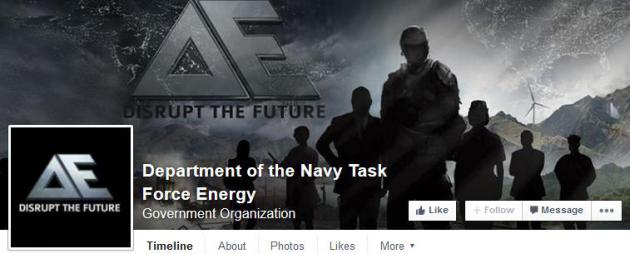
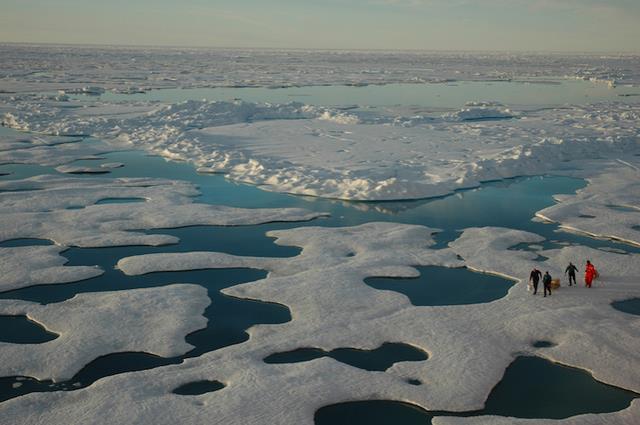

This is an incredibly tough issue to grasp precisely because the stakes are so high, not just for the world but also the economic growth of nearly 200 countries.
If scientists are right, then the world has around 30 years of business as usual emissions before long term warming of above 2C is locked into the system.
Then it’s likely to be a case of how high is your seawall.
– See more at: http://www.rtcc.org/2015/02/18/should-journalists-become-climate-change-campaigners/#sthash.m2qMkGdw.dpuf

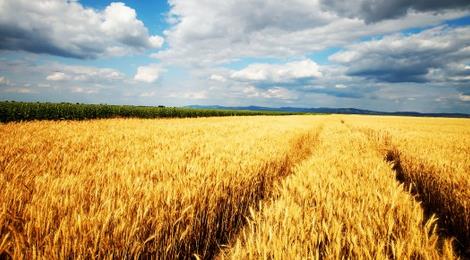
Kansas Farmer Talks About Climate Change and Wheat Production. KWCH.com in Wichita has the article; here’s a clip: “…Knopf says there is no one answer, but making crops like wheat more resilient against harsh weather is a step in the right direction. “Building healthier soils through a no-till production system, so we are not tilling our soils, so we are leaving a residue on top of the soil to protect the soil resource which is so important to us as a farmer.” He says the community wouldn’t see an immediate impact like at your local grocery store, but it’s concerning…”

NASA Study Predicts Devastating Droughts During The Last Half of the Century. Gizmag has a good summary of recent news coming out of NASA; here’s the intro: “A new NASA study is predicting the occurrence of severe “megadroughts” across the United States in the second half of this century, that are set to be more extreme and prolonged than any droughts that have taken place in the region for the past 1,000 years. According to the study, one of the key driving forces behind the devastating droughts will be the prolific creation of human-produced greenhouse gasses. The study made use of several climate models including one spearheaded by NASA, and is the first of its kind to use historical data stretching back as far as 1,000 years…”
Image credit above: “30-cm (11.8-in)-deep moisture projection based on NASA’s high carbon emission scenario in the year 2095.” (Image: NASA’s Goddard Space Flight Center).

BP’s Two-Word Fix For Global Climate Change. A tip of the hat to BP for acknowledging the elephant in the living room, and proposing the same market-based solution many others are advocating. Here’s an excerpt of a good summary at Christian Science Monitor: “…In its report, BP lays out a variety of ways policymakers and businesses could prevent that from happening, including boosting renewable energy production, limiting carbon-heavy coal use, and making energy systems more efficient. It concludes that no one approach will be enough to meet emissions reductions goals, but offers a simple idea that would help guide efforts: carbon pricing…”
* BP’s official statement is here. The Telegraph has more on BP’s prediction that CO2 emissions will exceed levels which pose a threat unless coordinated action is taken.
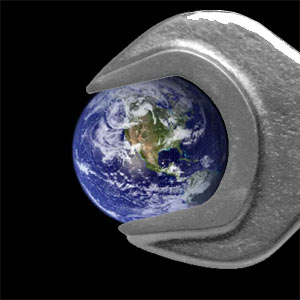
The Risks of Climate Engineering. Here’s a clip from a New York Times article: “…Beneath the identifiable risks is not only a gut reaction to the hubris of it all — the idea that humans could set out to regulate the Earth system, perhaps in perpetuity — but also to what it says about where we are today. As the committee’s chairwoman, Marcia McNutt, told The Associated Press: The public should read this report “and say, ‘This is downright scary.’ And they should say, ‘If this is our Hail Mary, what a scary, scary place we are in….”


